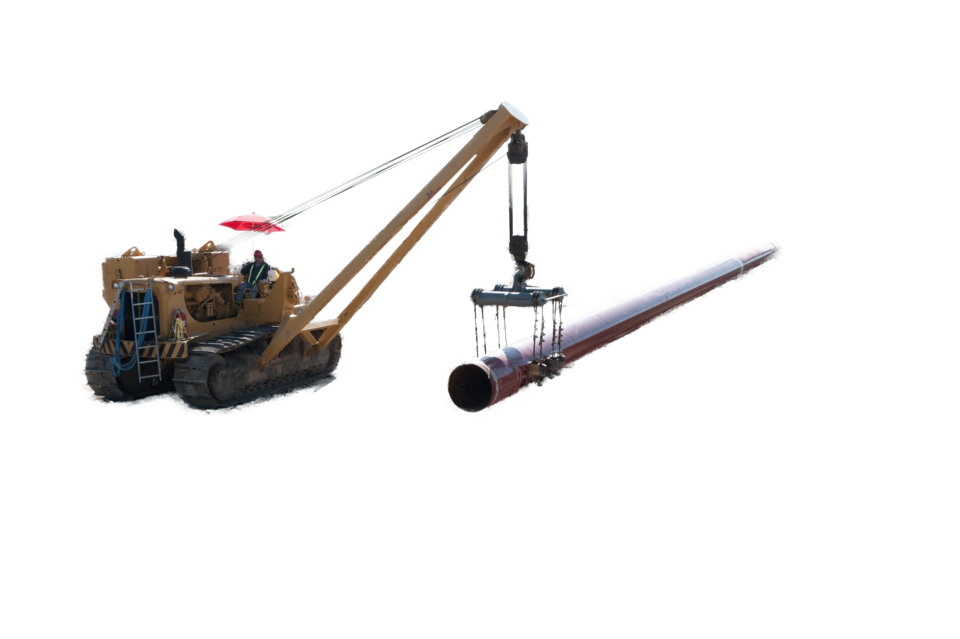When it comes to “pipeline news” this is about as big as it gets. Prime Minister Justin Trudeau announced on Nov. 29 the approval of Kinder Morgan’s Trans Mountain Expansion (TMX) and Enbridge’s Line 3 Replacement, but nixed Enbridge’s Northern Gateway. Meatloaf sang, “Two out of three ain’t bad,” and that just about sums up the situation. Oh, and with Donald Trump soon to be in the Whitehouse and standing Canadian approval for Keystone XL, that will soon be three out of four.
On May 27, President-Elect Donald Trump responded to questions from Pipeline News about the Keystone XL pipeline.
Pipeline News: “Would you approve the project? Would you invite TransCanada to build it?”
Donald Trump: “Yes I would. Totally. It should be approved. I’m not saying we shouldn’t get a better deal.”
He might even approve the pipeline as early as his first day in office, Jan. 20, 2017.
These developments dramatically change the dynamics of the Canadian oil industry. Suddenly we’ve got three of those of those pipelines we’ve been so desperately seeking. It will shake up, well, everything.
Northern Gateway is dead. A tanker ban and the prime minister’s utter disdain for the project have destroyed its chances. So be it.
Enbridge’s Line 3 Replacement project will bring online an additional 370,000 barrels per day in capacity (525,000 bpd if additional pumping capacity is added). Line 3 has been so problematic, it’s been running at 390,000 bpd instead of its nameplate 760,000 bpd, just to make sure it doesn’t spring a leak somewhere. And since the new pipe will be slightly bigger – 36 inches over 34, and additional pumping capacity could be added, it could carry as much as 915,000 bpd. That means the replacement will add almost as much takeaway capacity as Northern Gateway would have. Northern Gateway just became redundant.
Trans Mountain Expansion will triple its capacity, adding 590,000 bpd to its current 300,000 bpd.
Keystone XL will add 830,000 bpd, 85 per cent of which is for Canadian production.
Suddenly we’ve got three major pipelines, possibly all in play at the same time. That begs the question of what will happen with TransCanada’s proposed Energy East, which is bigger, by far, than any of the other projects. It also has the most strategic implications.
Energy East would replace a large amount of oil imports from countries who make no bone about not liking us too much. While Irving Oil says they will still import Saudi oil, one wonders how long that would last.
While the other projects improve our takeaway capacity, Energy East is fundamentally nation-building. However, if the other three projects go ahead, Energy East is likely going to get punted down the road again, perhaps a decade or more. It doesn’t help the entire NEB panel reviewing the project quit due to a meeting with former Quebec premier Jean Charest, now a TransCanada lobbyist.
Do we really need that pipeline, with the other new pipelines in place? That will be the key question for a Liberal cabinet squeamish about upsetting their base in central and eastern Canada. Do they want DAPL-type protests in Quebec? Fat chance. In a US$45 per barrel market, are we even going to see the expansions in the oilsands needed to fill the first three pipelines?
More broadly, these pipeline approvals mean hope, after two years of downturn. It’s much more hope than the oil industry ever thought they could expect from a prime minister named Trudeau. It means the Canadian oil industry will have room to grow for years to come. Finally, there’s some light at the end of the tunnel.
In summary, Northern Gateway’s dead, TMX and Line 3 Replacement are a go, Keystone XL will be a go, and your children might see Energy East built.




